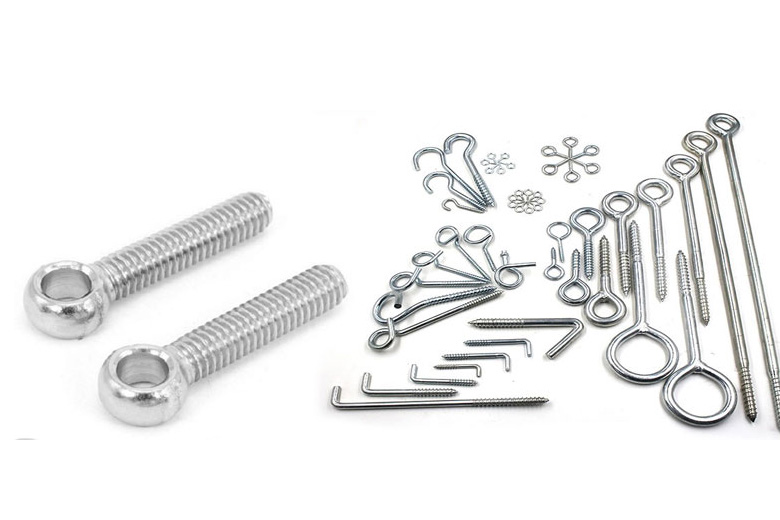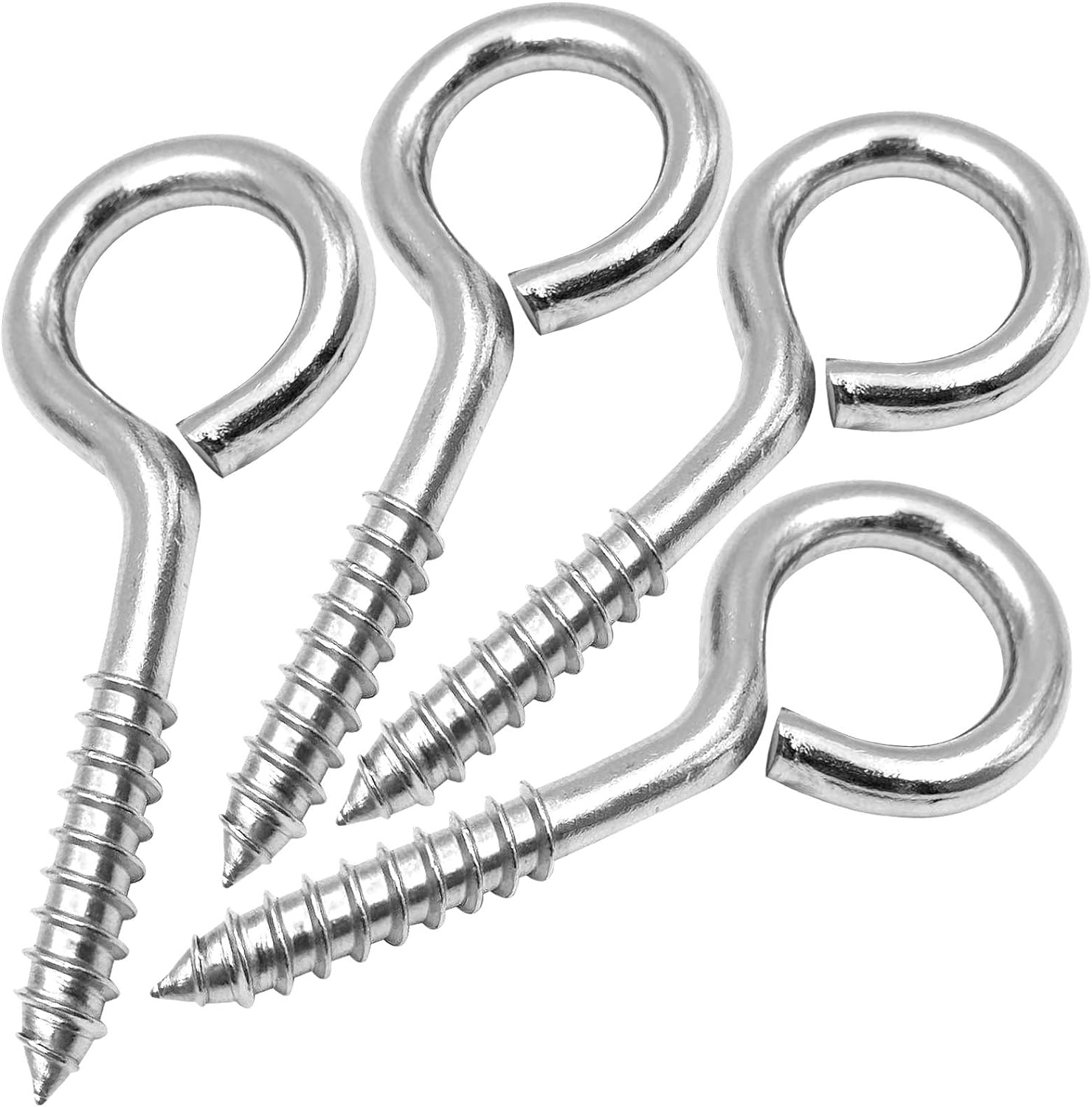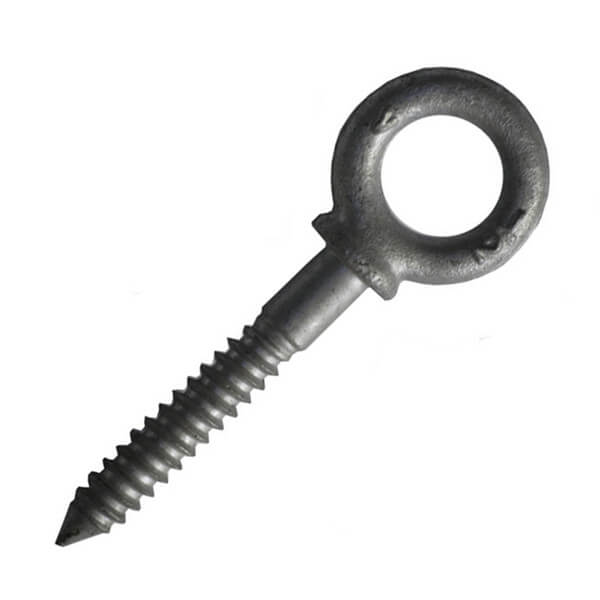Product Description
FAQ
Q:CAN YOU HELP US IMPROT AND EXPORT?
A:We will have a professional team to serve you.
Q:WHAT’S THE CERTIFICATES DO YOU HAVE?
A:We have certificates of ISO,CE, BV,SGS.
Q:WHAT’S YOUR WARRANTY PERIOD?
A:1 year in general.
Q:CAN YOU DO OEM SERVICE?
A:YES,we can.
Q:WHAT YOU LEAD TIME?
A:Our standard models are in stock ,as for big orders ,it take about 15 days.
Q:CAN YOU PROVIDE FREE SAMPLES?
A:Yes,please contact us to know the sample policy.
A:Yes,please contact us to know the sample policy.A:Yes,please contact us to know the sample policy.A:Yes,please contact us to know the sample policy.A:Yes,please contact us to know the sample policy.A:Yes,please contact us to know the sample policy.A:Yes,please contact us to know the sample policy.A:Yes,please contact us to know the sample policy.A:Yes,please contact us to know the sample policy.A:Yes,please contact us to know the sample policy.A:Yes,please contact us to know the sample policy.A:Yes,please contact us to know the sample policy.A:Yes,please contact us to know the sample policy.A:Yes,please contact us to know the sample policy.A:Yes,please contact us to know the sample policy.A:Yes,please contact us to know the sample policy.
| Application: | Insulators, Other |
|---|---|
| Type: | Lnsulation |
| Chemistry: | Other |
| Samples: |
US$ 0.01/Piece
1 Piece(Min.Order) | Order Sample |
|---|
| Customization: |
Available
|
|
|---|
.shipping-cost-tm .tm-status-off{background: none;padding:0;color: #1470cc}
| Shipping Cost:
Estimated freight per unit. |
about shipping cost and estimated delivery time. |
|---|
| Payment Method: |
|
|---|---|
|
Initial Payment Full Payment |
| Currency: | US$ |
|---|
| Return&refunds: | You can apply for a refund up to 30 days after receipt of the products. |
|---|

How do electronic or computer-controlled systems integrate with eye bolt screws in modern applications?
In modern applications, electronic or computer-controlled systems can integrate with eye bolt screws to enhance functionality, monitoring, and control. The integration of electronic or computer-controlled systems with eye bolt screws enables advanced features such as automation, real-time monitoring, data recording, and remote control. Here’s a detailed explanation of how these systems integrate with eye bolt screws:
- Sensor Integration: Electronic systems can incorporate sensors that are directly integrated with eye bolt screws to monitor various parameters such as load, tension, strain, or vibration. These sensors can provide real-time data on the performance and condition of the screws, allowing for continuous monitoring and early detection of potential issues.
- Data Acquisition: Computer-controlled systems can gather data from the sensors integrated with eye bolt screws, capturing information such as load measurements, operating conditions, or environmental factors. This data can be stored for analysis, used for predictive maintenance, or integrated into larger control systems for process optimization.
- Automation and Actuation: Electronic or computer-controlled systems can automate the operation of eye bolt screws, enabling precise and consistent control. Through programmable logic controllers (PLCs), motor drives, or other control mechanisms, these systems can regulate the tightening or loosening of the screws, adjust the applied load, or control the positioning of the connected components.
- Remote Control and Monitoring: Integration with electronic systems enables remote control and monitoring of eye bolt screws. Through network connectivity and communication protocols, the screws can be remotely accessed and controlled, allowing for adjustments, troubleshooting, or data retrieval from a central control station or even through mobile devices.
- Integration with Overall System Control: In complex systems, such as industrial machinery or automated manufacturing processes, eye bolt screws can be integrated into the overall control architecture. This integration allows for synchronization with other components, coordination with motion control systems, or integration with higher-level control algorithms.
- Alerts and Alarms: Electronic systems can be programmed to generate alerts or alarms based on predefined thresholds or abnormal conditions detected in the eye bolt screws. These notifications can be sent to operators or maintenance personnel, enabling proactive actions to address potential issues and prevent failures.
The integration of electronic or computer-controlled systems with eye bolt screws brings several advantages, including improved accuracy, increased efficiency, enhanced safety, and the ability to gather valuable data for analysis and optimization. However, it is important to ensure that the electronic components and systems are properly designed, tested, and protected against environmental factors, vibrations, or electrical interference to ensure reliable operation.
Overall, the integration of electronic or computer-controlled systems with eye bolt screws represents a significant advancement in modern applications, providing increased control, monitoring, and intelligence for improved performance and operational efficiency.

What safety guidelines should be followed when using eye bolt screws in lifting applications?
When using eye bolt screws in lifting applications, it is crucial to follow specific safety guidelines to ensure the safety of personnel, prevent accidents, and maintain the integrity of the lifting operation. Here are some important safety guidelines to consider:
- Proper Selection: Choose eye bolt screws that are appropriate for the intended lifting application. Consider factors such as load capacity, material strength, corrosion resistance, and compliance with relevant standards to ensure the selected eye bolt screws can safely handle the expected loads and environmental conditions.
- Inspect Regularly: Regularly inspect eye bolt screws for any signs of damage, wear, or deformation. Inspections should be carried out before each use and periodically during the service life of the eye bolt screws. If any defects or issues are identified, the eye bolt screws should be replaced or repaired before further use.
- Proper Installation: Follow the manufacturer’s instructions for the proper installation of eye bolt screws. Ensure that the eye bolt screws are securely and correctly installed in a compatible structure or support system. Pay attention to the recommended torque values and installation techniques to achieve proper engagement and load distribution.
- Load Calculation: Determine the load requirements and calculate the appropriate load capacity for the eye bolt screws. Avoid overloading the eye bolt screws beyond their rated capacity, as this can lead to failure and unsafe lifting conditions. Consider dynamic loads, shock loads, and any other relevant factors in the load calculation.
- Use Proper Hardware: Select and use appropriate hardware, such as shackles, hooks, or connectors, that are compatible with the eye bolt screws and the lifting equipment being used. Make sure the hardware is in good condition, properly rated for the loads involved, and securely attached to the eye bolt screws.
- Avoid Side Loading: Eye bolt screws should be used in a manner that avoids side loading. Side loading, which occurs when the load is applied at an angle to the axis of the eye bolt screw, can significantly reduce its load capacity and lead to failure. Ensure that the load is applied in line with the axis of the eye bolt screws.
- Regular Maintenance: Implement a routine maintenance program to ensure the ongoing safety and reliability of the eye bolt screws. This may include lubrication, cleaning, and periodic inspections to identify any signs of wear, corrosion, or other issues that could compromise the integrity of the eye bolt screws.
- Training and Awareness: Provide proper training and awareness to personnel involved in the lifting operation. Ensure that they understand the safe and proper use of eye bolt screws, including the importance of load limits, inspection procedures, and adherence to safety guidelines. Promote a culture of safety and encourage reporting of any concerns or incidents.
- Compliance with Standards: Familiarize yourself with relevant industry standards, regulations, and guidelines pertaining to lifting operations and eye bolt screws. Ensure that the selected eye bolt screws and the lifting operation comply with these standards to maintain safety and legal compliance.
By following these safety guidelines, you can minimize the risk of accidents, prevent equipment failures, and ensure the safe and efficient use of eye bolt screws in lifting applications.

Can you explain the different types of eye bolt screws available in the market?
In the market, there are several different types of eye bolt screws available, each with its own design and specific applications. These variations in design make eye bolt screws suitable for a wide range of uses. Here are some of the common types of eye bolt screws:
- Regular Eye Bolt: Regular eye bolts are the most basic type of eye bolt screws. They feature a straight shank with a looped eye at the end. The eye is typically circular or oval-shaped. Regular eye bolts are used for various applications that require a simple and reliable attachment point.
- Shoulder Eye Bolt: Shoulder eye bolts have a shoulder or collar between the shank and the eye. The shoulder provides additional support and prevents the bolt from pulling through the attachment point. Shoulder eye bolts are often used in lifting applications, where stability and load-bearing capacity are crucial.
- Machine Shoulder Eye Bolt: Machine shoulder eye bolts are similar to shoulder eye bolts but have a smaller shank diameter relative to the eye size. They are specifically designed for use with machinery, where space constraints or specific mounting requirements exist.
- Lag Eye Bolt: Lag eye bolts have a lag screw thread on the shank, allowing them to be screwed directly into wood or other materials without the need for a pre-drilled hole. They are commonly used for attaching ropes, cables, or hardware to wooden structures, such as decks, fences, or playground equipment.
- Welded Eye Bolt: Welded eye bolts have a welded eye instead of a looped eye. The eye is permanently welded to the shank, providing a strong and durable attachment point. Welded eye bolts are often used in heavy-duty applications, such as construction, manufacturing, or rigging.
- Swivel Eye Bolt: Swivel eye bolts feature a swiveling eye that allows for rotation and movement. The swivel action helps prevent twisting or tangling of ropes or cables. Swivel eye bolts are commonly used in applications where dynamic or multi-directional forces are involved, such as lifting or rigging operations.
- Shoulder Nut Eye Bolt: Shoulder nut eye bolts have a shoulder between the shank and the eye, similar to shoulder eye bolts. However, they also feature a nut on the shank, allowing for adjustable tension or positioning. Shoulder nut eye bolts are often used in tensioning applications or for attaching hanging objects that require precise alignment.
The choice of the appropriate type of eye bolt screw depends on the specific requirements of the application, including load capacity, attachment method, space constraints, and functionality. It is important to select eye bolt screws that meet the necessary specifications, such as load ratings, material strength, and corrosion resistance, to ensure safe and reliable performance.
When using eye bolt screws, it is essential to follow manufacturer guidelines, industry standards, and applicable safety regulations. Proper installation, torque values, and regular inspections are necessary to maintain the integrity and reliability of eye bolt screw attachments.


editor by CX 2023-11-27